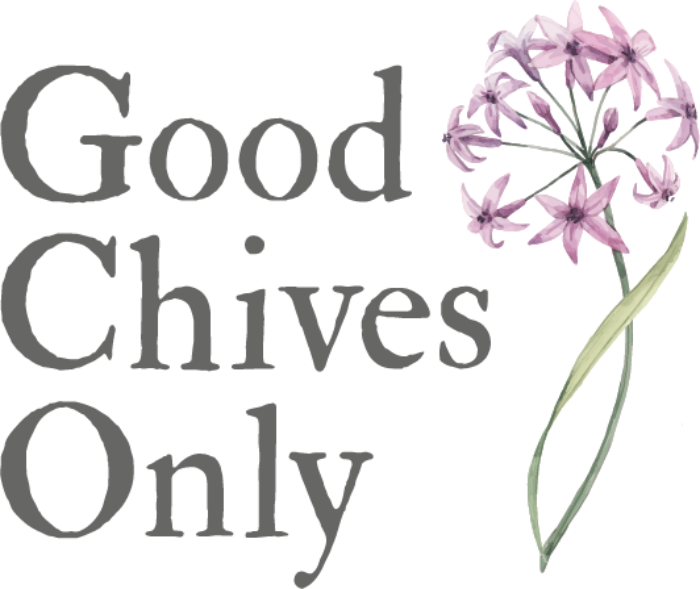Falling in love with native plants & pollinator gardens
I can’t recall when I first began appreciating the beauty and function of native plants, but I distinctly recall thinking Echinaceas (Cone Flowers) were the ugliest thing I had seen and I had zero clue why anyone would want them in their garden. Now, I have 14 species of Cone Flowers, with countless Echinacea Purpurea seedlings popping up throughout the garden. My first Echinacea was the snowflake that invited the avalanche of a love of perennials and native plants. Needless to say, the mental shift from purchasing a trunk load of annuals each spring to anxiously checking each morning to see if any of my beloved perennials had started to break through the soil, was a quick one. In August 2020, my husband and I proudly hung our ‘Pollinator Friendly Garden’ sign on the Dogwood in our front yard.
Benefits of Gardening with Native Plants
Save the bees! If you’ve been paying even the least bit of attention, you know bees are in trouble. Diseases and lack of resources (meaning, the disappearance of plants with a high pollinator value) have caused bee populations to decline. By planting even a few natives, you’ll be providing valuable, life-sustaining nectar to native bees, honey bees, butterflies, and many other pollinating insects, as well as hummingbirds.
Less Maintenance and More Resilient Gardens There’s blurred lines between a native plant, a wildflower and a weed—it’s all a matter of perspective. A weed is really just a plant in an inconvenient location. But, if that weed is actually a Conoclinium coelestinum (Blue Mist Flower), the classification of “weed” doesn’t really seem to apply anymore. Native plants sometimes tend to come up entirely of their own volition and spread easily. Wildflowers are frequently also more drought resistant than other plants as they’ve developed deep root systems to keep them thriving during hot and dry periods.
Some native plants are excellent carbon sequesters There’s a reason climate change experts encourage homeowners to replace lawn with meadow: plants typically found in meadows have deep tap roots which are successful in sequestering carbon. What is carbon sequestration? It’s the process of capturing and storing atmospheric carbon dioxide reducing CO2 pollution to slow down climate change. And who doesn’t want that?!
Resources to Learn about Native Plants
From understanding the benefits of native plants to learning what was native to my home in the Northeastern United States, and finally, understanding how to design a garden with native plants—I had a lot to learn! Here are a few of my favorite ways and resources to learn about native planting:
#GetOutside
I spent a lot of time scrolling the internet and following various hashtags on Instagram. I then realized that the knowledge I was looking for was right outside my door. I began to pay more attention on hikes to the plants that were growing in state parks and along the highways on our weekend road trips. The “weeds” thriving in highway medians are usually very common native plants that used to grow in meadows and fields before developments were built and difficult-to-maintain lawns overtook the suburbs.
A plant identification app quickly became my must-have on hikes. If I came across a plant I did not recognize (which was very often when I first started to learn about natives), I would snap a photo with an app like “PictureThis” and within seconds I had the common name, latin name, photos and key details about the plant. These apps are not always accurate, but offer services to help identify a plant if the database does not have the data yet.
Visit Pollinator Gardens and Native Botanical Gardens
Check out your local Extension office for a list of public pollinator gardens to see native plant design in action. Many cities and state parks have native plants or wildflower gardens which are open to visitors year round. Much can be learned by soaking in all of the goodness of a local pollinator garden.
I recently had the opportunity to visit Mt.Cuba Center in Delaware. The Mt.Cuba Center was a privately owned garden before it was made open to the public in the early 2000’s. The mission of the Center is to inspire an appreciation for the beauty and value of native plants and a commitment to support the habitats that sustain them. My family and I enjoyed an afternoon of walking around the garden absorbing the countless species of plants and how they all work together.
Books! Like “Native Plant Design in a Post-wild World”
The beautiful book by Thomas Rainer and Claudia West taught me much about replicating planting patterns found in nature in your own backyard. The book describes landscape archetypes and planting in layers to reduce maintenance and weeds. It’s one of those books I will revisit at various points in the year. In fact, I just redesigned two of the gardens in my own backyard based on what I learned in the book. You can learn more about the book on Thomas Rainer’s website and purchase the book there as well. I’ve also seen used versions of the book for sale. Or, check out your local bookstore to see if they are able to order it. For a list of Black-owned bookstores, see LitHub.com’s list created in June 2020.
What’s next on our pollinator journey?
In addition to purchasing seeds from Prairie Moon Nursery to start this winter, we’re also getting bees! We have wanted to become bee keepers for quite some time, but wanted to achieve the pollinator friendly garden certification first. Now that we have that, we plan to get bees this spring. More to come on that adventure!

